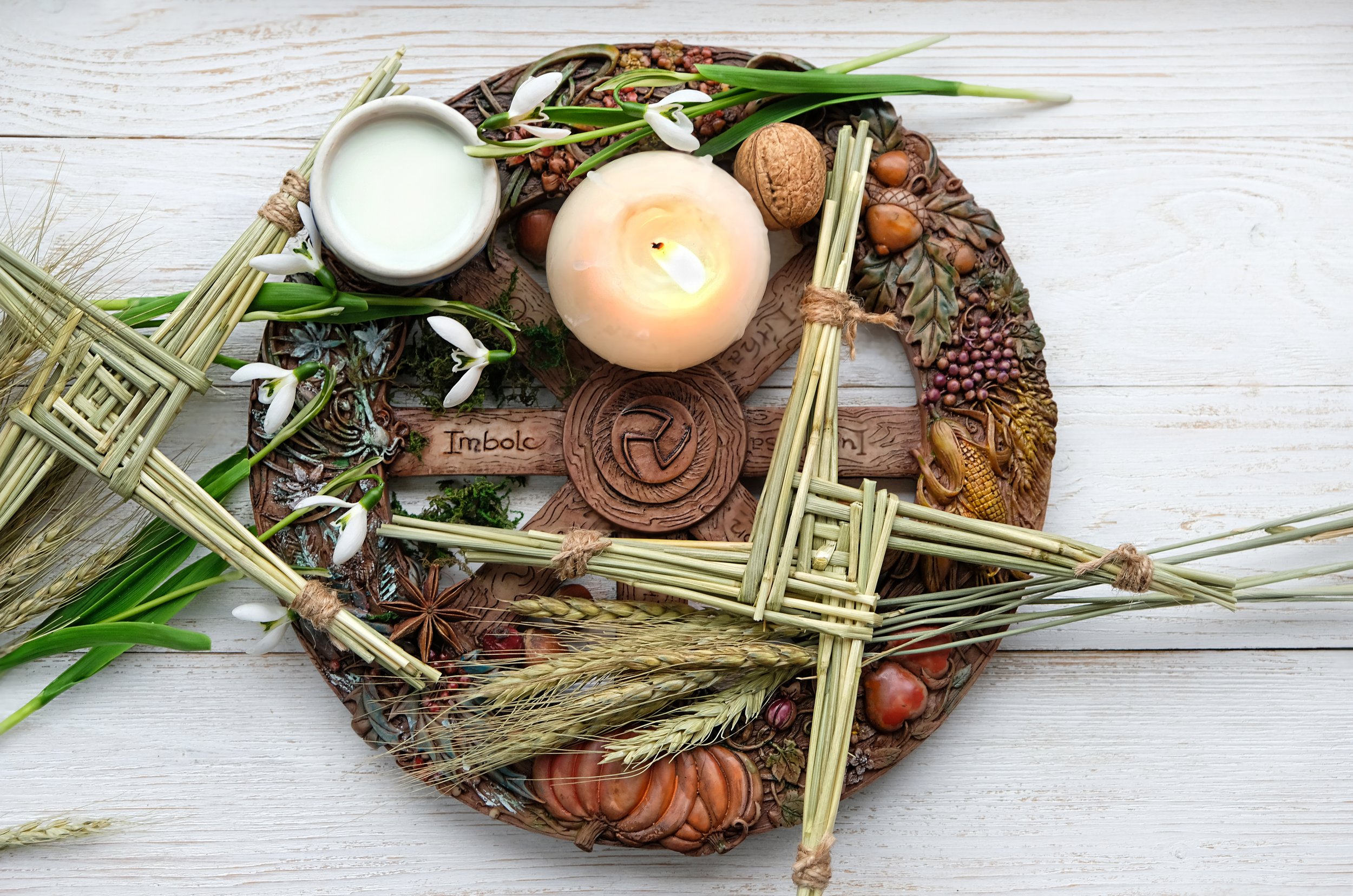Embracing the Light of Imbolc: History, Celebration, and Health
Embracing the Light of Imbolc: History, Celebration, and a Focus on Personal Health
The History of Imbolc
Imbolc, celebrated on February 1st or 2nd, is an ancient Celtic and now neo-pagan festival marking the midway point between Winter Solstice and Spring Equinox. The name derives from the Old Irish word "i mbolg," meaning "in the belly," symbolizing the early stirrings of new life as the earth begins to awaken.
Traditionally, Imbolc honors Brigid, the goddess of healing, poetry, fertility, and fire. In Christian tradition, this festival later became known as Candlemas, retaining themes of purification and the return of light.
In the agrarian cycle, Imbolc was a time to celebrate the first signs of spring: lambing season, the first sprouting plants, and the lengthening of daylight. It was a season of hope and preparation, when people looked forward to the abundance of the year ahead.
Why Does Imbolc Matter Today?
In modern life, Imbolc is a powerful reminder to pause, reflect, and prepare for new beginnings. It offers a chance to honor the gradual return of light and to reconnect with nature’s cycles. Symbolically, it’s a time to shed the stagnation of winter and plant the seeds—literal or metaphorical—for the year ahead. Imbolc invites us to nurture both our inner and outer worlds, making it an ideal time to focus on personal health and well-being.
Ways to Celebrate Imbolc Today
Celebrating Alone:
Light a Candle Ritual: Light a single candle to honor the returning sun and set intentions for the coming season. Reflect on what you wish to grow in your life.
Cleanse Your Space: Physically and energetically clear your home to create space for new energy. Burn sage, palo santo, or use a saltwater spray to cleanse stagnant energy.
Create an Altar for Brigid: Include candles, white or red flowers, seeds, and symbols of fire or water. Use the altar for meditation or journaling.
Plant Seeds Indoors: Start a small garden or plant herbs, symbolizing growth and renewal.
Celebrating in a Group:
Host a Candlelighting Ceremony: Gather friends to light candles together, sharing intentions for the year ahead.
Potluck Feast: Cook traditional foods like milk-based dishes, breads, or root vegetables, symbolizing fertility and the harvest.
Blessings Ritual: Create small Brigid’s crosses or charms, bless them, and exchange them with group members for luck and protection.
Five Ways to Focus on Personal Health During Imbolc
Imbolc’s themes of renewal and light make it a perfect time to refocus on health. Here are five ways to embrace self-care:
Improve Your Diet: Incorporate seasonal, nourishing foods like root vegetables, hearty soups, and herbal teas. Focus on eating mindfully and adding fresh greens as they become available.
Move Your Body: As the days lengthen, embrace physical activity like yoga, walking, or stretching. Align your movement with the growing energy of the season.
Practice Mental Cleansing: Journaling, meditating, or practicing gratitude can help clear mental clutter and promote emotional balance.
Connect with Nature: Spend time outside to soak in the sun’s increasing warmth, even if it’s just a short walk. Connecting with the natural world can boost mood and energy.
The Goddess Brigid: A Quick History
Brigid is one of the most revered figures in Celtic mythology, known as the goddess of healing, poetry, fertility, and fire. She is a member of the Tuatha Dé Danann, a race of deities and heroes in Irish mythology, and is often associated with light, inspiration, and transformation. Brigid’s influence spans many aspects of life, from creativity and craftsmanship to agriculture and childbirth.
In her divine role, Brigid is the keeper of sacred flames, symbolizing illumination and guidance. She is also a patron of poets, blacksmiths, and healers, embodying the interconnectedness of creation, transformation, and renewal.
With the arrival of Christianity in Ireland, Brigid’s influence remained strong. She was rebranded as Saint Brigid of Kildare, blending her pagan origins with Christian traditions. As a saint, she is still associated with healing, miracles, and compassion, and her feast day, February 1st, aligns with the festival of Imbolc, marking her enduring connection to the changing seasons and the return of light.
Final Thoughts
Imbolc invites us to awaken from winter’s rest and embrace the gentle stirrings of renewal and hope. Whether you celebrate alone or with others, this festival offers an opportunity to honor nature, reflect on personal growth, and set the stage for a healthy, vibrant year ahead. By aligning with the rhythms of the earth, we nurture our own journey of renewal, making Imbolc a meaningful and magical celebration for modern life.

